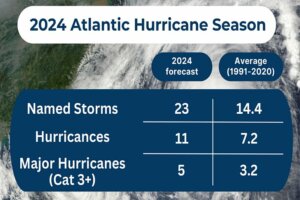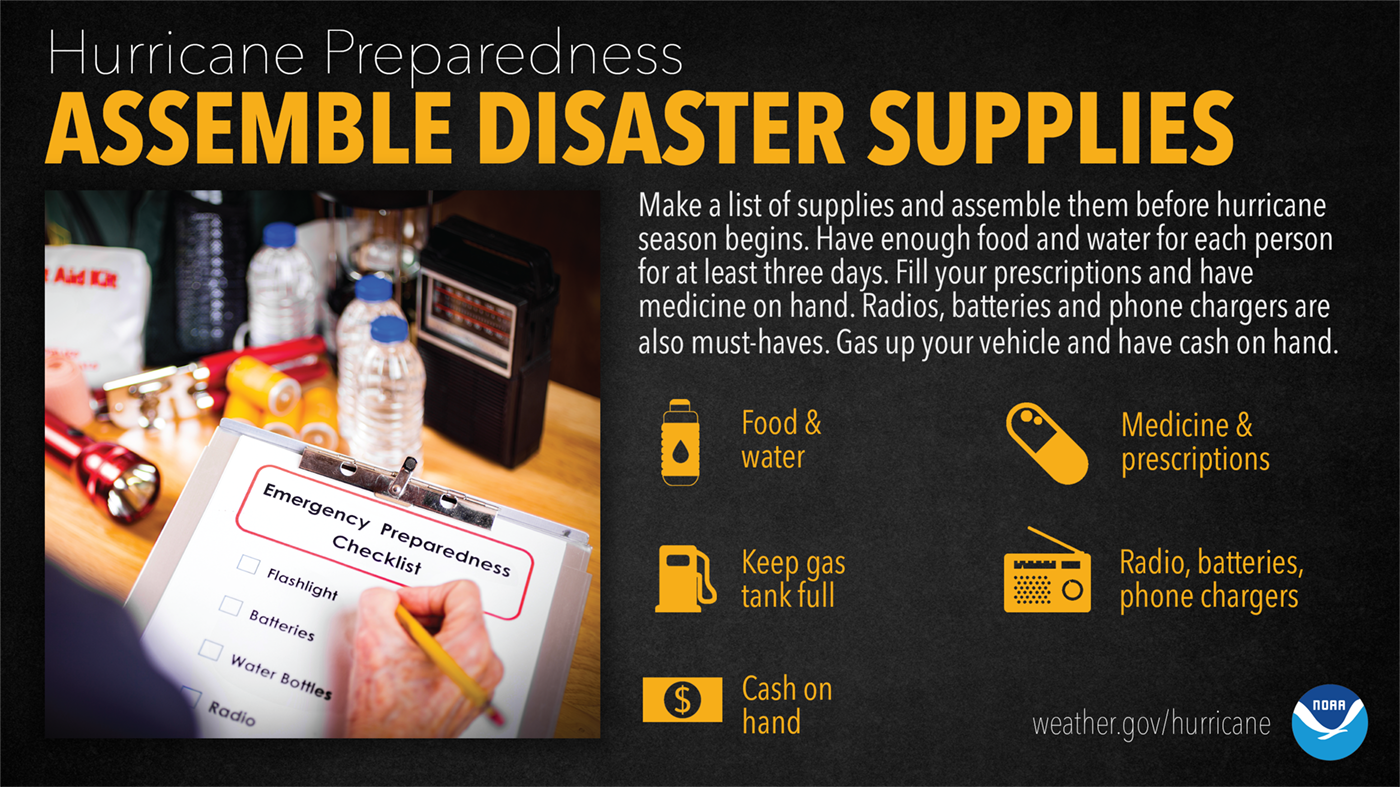
If you live in an area prone to hurricanes, be prepared:
Hurricane season is here, and I’d like to share some simple steps that will help you be better prepared in the event of a disaster.
Step 1: Review and take your insurance carries and policy numbers.
Put all your policy information (home, auto, boat, storage, renters) in one secure place. You’ll want all this important paperwork easily available in case you have to leave your home in a hurry, especially if you have multiple insurance carriers.
Step 2: Perform a home inventory
Take photos or videos of all your possessions in each and every room of your house. In case of a catastrophic event this should be at the top of your preparations. After a disaster your insurance company will tell you to sit down and try to remember what was in each room of your home
PLAN for hazardous winds: remember there is always uncertainty in the path, trajectory, size and force of any tropical storm and hurricane. Do not wait until warnings are issued and the stores are closed or empty.
PREPARE your home: take in or secure outside furniture, plants, pots, etc. These items can become hazardous during hurricanes.
ACT quickly: have your emergency supplies readily available and know when and where to go when the time arises.
What to do to prepare for a tropical storm or hurricane:
1. Follow advisories from the National Weather Service: Check for tropical storm warnings and local weather forecasts: www.nhc.noaa.gov
2. Know your area: If you live in a hurricane evacuation zone, know your options: www.weather.gov
3. Put together a basic emergency supply kit equipped as suggested by FEMA: Emergency Supply Checklist
4. Make a Family Emergency Plan of action: Have a discussion with family members and close friends to determine how you can contact each other and where you will go: www.ready.gov (Ready Plan)
5. Review and update all insurance policies: Verify you have adequate home and property coverage.
6. Do you have a family member or friend with Chronic Conditions? Here are tips to help those individuals prepare for natural disasters: www.nursing.usc.edu/blog/chronic-conditions-natural-disaster
Other areas of concern to be aware of and prepare for:
- Remove excess debris around your home, broken or hanging tree limbs, trash cans, down fencing, etc.
- Know your neighborhood roads: potholes, flood zones, urban or heavily wooded places, hazardous driving conditions that may develop on bridges and other elevated roadways.
- Scattered power and communications outages.
- Do not walk through standing water. Avoid sidewalk areas that appear to have any residue runoff,
or which otherwise may have a slippery surface.
- Clear patios, lanais and entrances of all furniture and any object(s) that may become airborne, including planters. Place rolled towels around the bottom of glass sliding doors and windows.
- Close all hurricane shutters. If you cannot close your shutters on your own, please arrange now with a vendor who can help you as it will be hard to find someone at the last minute. Remember that shutters may only be closed for the impending storm and must be reopened after the storm has passed.
- Move all small items around your home to a safe location. This would include roof tiles and other small items that are stored in the rear or side of your house, planters, yard ornaments, wall ornaments, water hoses and welcome mats, etc.
- If you choose to stay in your home, fill your bathtub with water. This water may be used for drinking should the water supply become interrupted or contaminated. It may also be poured into the toilet bowl to induce flushing.
- Fill all vehicles with gas.
- Fully charge your electric or plug-in hybrid vehicle.
- Assist in making sure storm drains near your home are free from debris just prior to a storm to help alleviate flooding.
- Carry all important paperwork and personal identification with you, along with extra cash, in waterproof containers or in a waterproof safety deposit box. Use of zip-close bags works well.
- Turn your refrigerator and freezer settings to maximum cold and open only when needed. Freeze bottles of water that can used to keep the freezer cool in the event of a power outage and for drinking water (allow for some space for expansion at the top of the bottle).
- Take pictures of the interior of your home including rooms, contents of drawers and closets, and of the exterior of your home in case you sustain damage from the storm and need to submit an insurance claim.
- Identify ahead of time one family member to act as the contact person to notify the rest of your family in case communications are difficult.
- Have A Safe Place to Take Your Pets WPBF25 Pet and Animal Safety: Red Cross disaster shelters cannot accept pets due to health and safety regulations and other considerations. Service animals that assist people with disabilities are the only animals allowed in Red Cross shelters. This excludes Emotional Support Animals. Do not wait until the last minute but plan ahead: contact local shelters, hotels, friends, boarding facilities and animal shelters.





 Everybody is cutting the cord these days but is that really a good idea?
Everybody is cutting the cord these days but is that really a good idea? You can never be too prepared for an emergency – keep enough supplies in your home to survive on your own for at least five (5) days. If possible keep these materials in an easily accessible, separate container. Each family should have their own emergency supply kit put together to match your own individual needs. Take into consideration those in your household with disabilities, seniors, young children and pets – build your kit to match your situation and needs.
You can never be too prepared for an emergency – keep enough supplies in your home to survive on your own for at least five (5) days. If possible keep these materials in an easily accessible, separate container. Each family should have their own emergency supply kit put together to match your own individual needs. Take into consideration those in your household with disabilities, seniors, young children and pets – build your kit to match your situation and needs. Hurricane season has begun and even though the National Weather Service is not predicting a severe hurricane season, there’s the possibility of four to eight storms forming in the Atlantic. An average hurricane season produces 12 named storms, of which 6 become hurricanes, including 3 major hurricanes. (This is according to NOAA, National Oceanic Atmospheric Administration).
Hurricane season has begun and even though the National Weather Service is not predicting a severe hurricane season, there’s the possibility of four to eight storms forming in the Atlantic. An average hurricane season produces 12 named storms, of which 6 become hurricanes, including 3 major hurricanes. (This is according to NOAA, National Oceanic Atmospheric Administration).